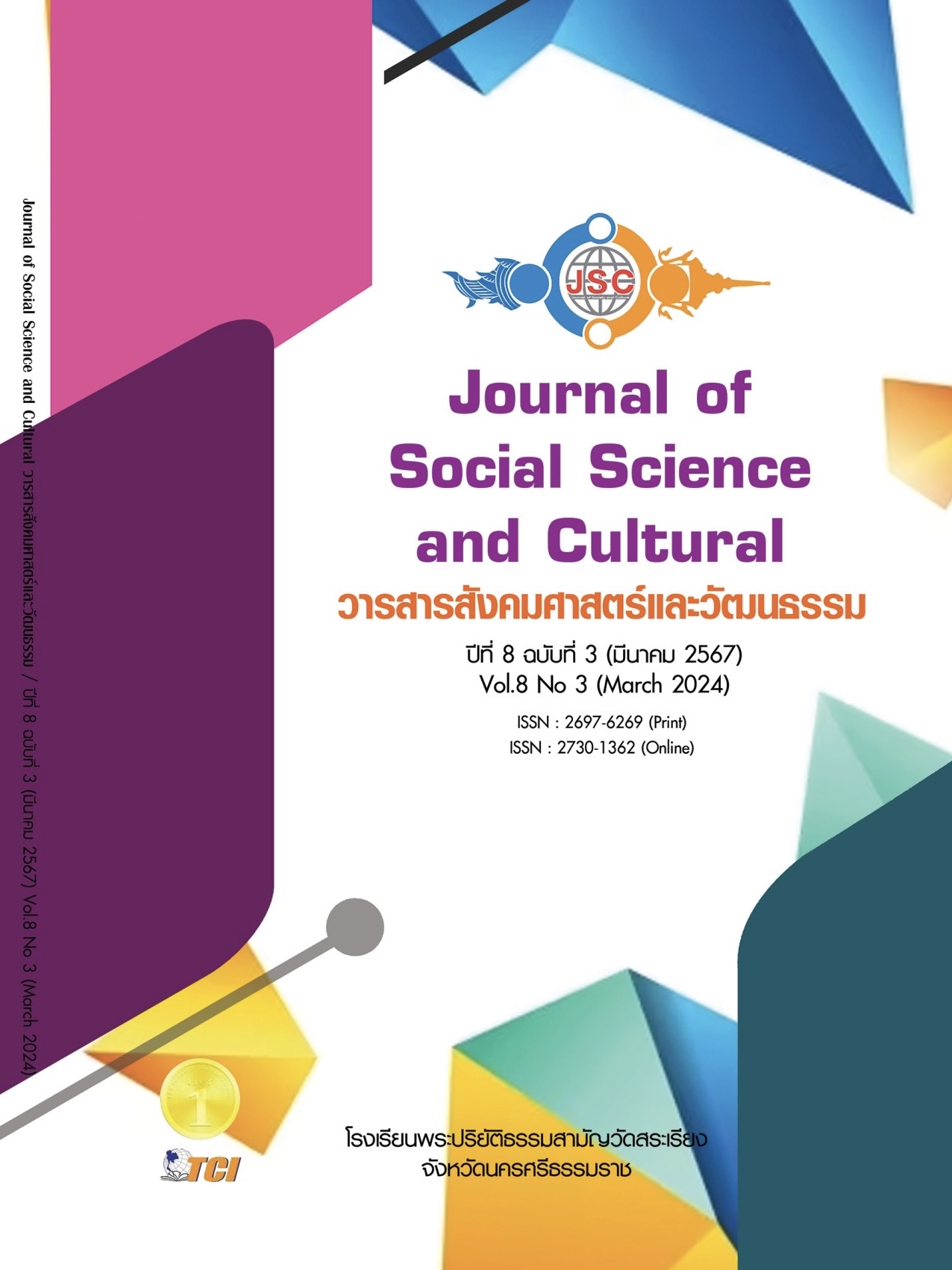DETECTING PONZI SCHEMES IN CRYPTO BY USING ECONOMETRIC MODELS: A CASE STUDY OF FUTURE EXCHANGE TRADING LIMITED (FTX) COLLAPSE
Main Article Content
Abstract
The objectives of this research study are to 1) develop a rational speculative bubble model that can identify FTX projects, fraudulent investment scams, and 2) develop a GARCH-M model to detect FTX fraudulent activities as an early warning signal for Investment fraud scheme This research is empirical research that focuses on developing an econometric model to detect schemes. Investment fraud scheme in the cryptocurrency market using FTX as a case study. The research will use historical transaction prices and volume data from FTX to develop and test the model. Research is limited to the use of econometric models. The research methodology involved collecting relevant data on the cryptocurrency, identifying key variables indicative of Ponzi schemes, and applying econometric models. The study looked at how well econometric models worked for finding Ponzi schemes in the FTX coin. The results showed that GARCH-M volatility model and rational speculative models was quite successful in spotting exchange fraud. FTT pricing all showed a substantial correlation with Ponzi scam activity. As a result, GARCH-M model may be used as an early detection tool for illegal activities. This econometric model could detect and prevent fraud in order to protect investors. The GARCH-M volatility model and rational speculative bubble model can be used as tools to identify ponzi schemes and other frauds in advance.
Article Details
References
Aliber, R. Z. et al. (2023). Bitcoin: Worse Than a Ponzi. In Manias, Panics, and Crashes, Springer Books (edition 8), chapter 0. New York: Springer.
Anaclet, J. (2021). Lessons learned from a Ponzi game. International Journal of Social Science and Economics Invention, 7(04), 102-105.
Andrea, S. (2023). 5 of the Biggest Crypto Ponzi Schemes. Retrieved January 30, 2023, from https://coinmarketcap.com/alexandria/article/5-of-the-biggest-crypto-ponzi-schemes
Asadov, A. (2021). Financial Scams Through Ponzi Schemes: The Case of CIS Countries. In Handbook of Research on Theory and Practice of Financial Crimes. Hershey, Pennsylvania: IGI Global.
Aydemir, A. (1998). Volatility Modelling in Finance. Oxford: Reed Educational and Professional Publishing.
Bernard, et al. (2009). Mr. Madoff's Amazing Returns: An Analysis of the Split-Strike Conversion Strategy. SSRN Electronic Journal, 17(1), 62-76.
Diba, B. & Grossman, H. (1988). Explosive rational bubbles in stock prices. Economic Review American: EconPapers.
Fu, et al. (2022). FTX Collapse: A Ponzi Story. Cornell University. New York: Cornell University.
Harman, Y. & Zuehlke, T. (2001). Testing for rational bubbles with a generalized Weibull Hazard. Working Paper. Department of Finance. Oxford: Miami University.
Vouldis, et al. (2019). Crypto-Assets: Implications for financial stability, monetary policy, and payments and market infrastructures. Frankfurt: European Central Bank.


